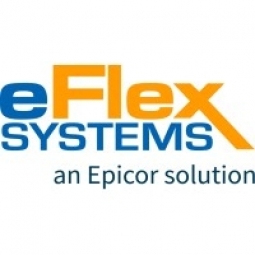eFlex Systems
Case Studies
Line Changeover Comparison Study: Flexible Assembly Line vs Highly Automated Fixed Tooling
Overview
 |
Line Changeover Comparison Study: Flexible Assembly Line vs Highly Automated Fixed ToolingeFlex Systems |
Functional Applications - Manufacturing Execution Systems (MES) | |
Automotive | |
Discrete Manufacturing | |
Manufacturing System Automation | |
Software Design & Engineering Services System Integration | |
Operational Impact
| The eFlex Assembly architecture allowed for quick line changes without the need for coding, outsourcing, print updates, or extensive engineering work. | |
| The plant staff could perform the entire change during a 2-day weekend, with the line running at rate by midday on Monday. | |
| The eFlex Assembly architecture also allowed for the shutdown to occur over a weekend, with normal production resuming by midday on Monday. | |
Quantitative Benefit
| 82% more flexibility over traditional architecture. | |
| 35% cost savings on new lines. | |
| 40-50% faster delivery of new assembly lines. | |


